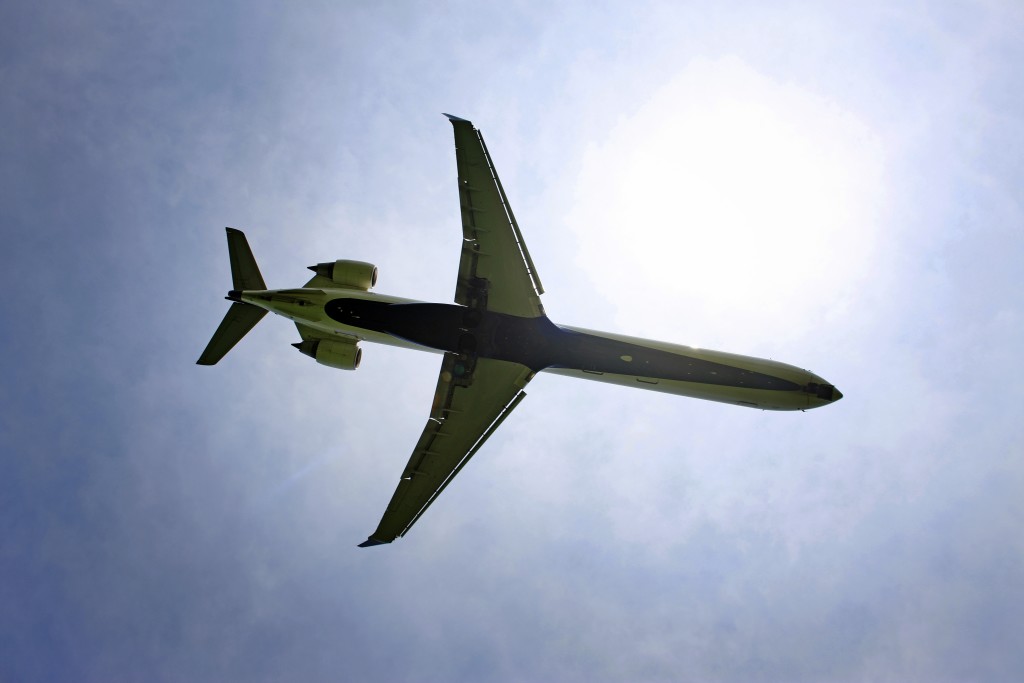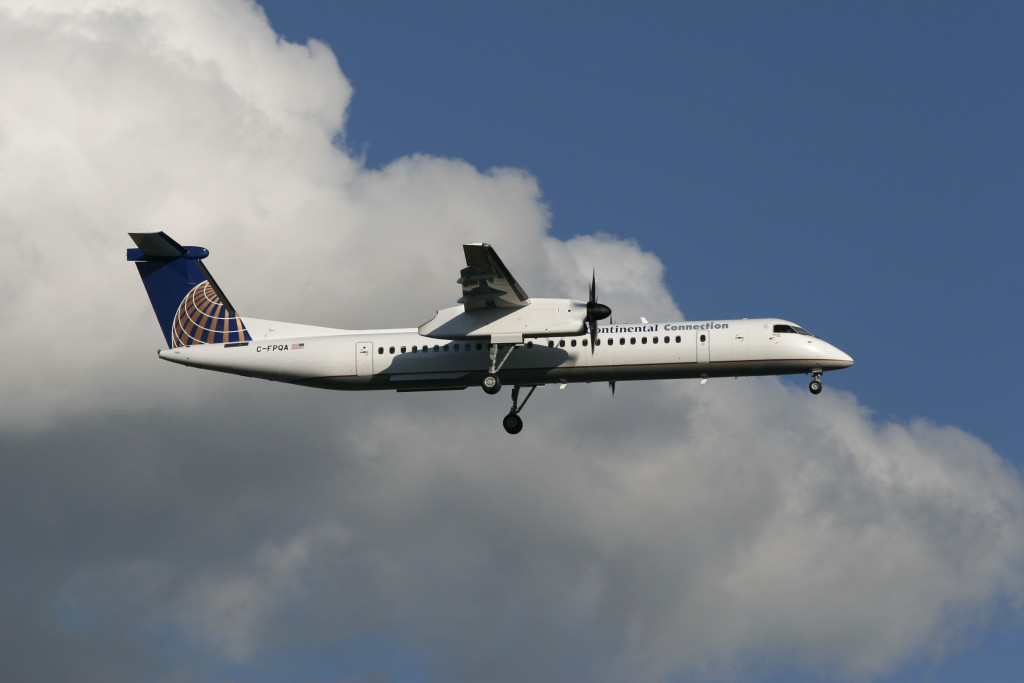Who’s Flying Your Plane?

August 31, 2011
Share
Probably not your pilot — except for 80 seconds during a typical two-hour flight — according to Joan Lowy’s new AP Impact investigation on the commuter airline industry’s widespread use of autopilot, with dangerous consequences:
Pilots’ “automation addiction” has eroded their flying skills to the point that they sometimes don’t know how to recover from stalls and other mid-flight problems, say pilots and safety officials. The weakened skills have contributed to hundreds of deaths in airline crashes in the last five years.
One of these was Continental Flight 3407. The plane, operated by a regional airline contracting with Continental, crashed in Buffalo in 2009 due to pilot error. Lowry explains why:
The co-pilot … programmed incorrect information into the plane’s computers, causing it to slow to an unsafe speed. That triggered a stall warning. The startled captain, who hadn’t noticed the plane had slowed too much, responded by repeatedly pulling back on the control yoke, overriding two safety systems, when the correct procedure was to push forward.
The AP piece is packed with similar examples of what happens when an unprepared pilot is suddenly confronted with an unexpected situation; stats Lowry obtained from an FAA draft report indicate that autopilot is a regular contributing cause to accidents:
The study examined 46 accidents and major incidents, 734 voluntary reports by pilots and others as well as data from more than 9,000 flights in which a safety official rides in the cockpit to observe pilots in action. It found that in more than 60 percent of accidents, and 30 percent of major incidents, pilots had trouble manually flying the plane or made mistakes with automated flight controls.
She reports that many in the industry are concerned, especially because of mixed messages from the FAA: While the agency recently suggested more training for pilots on how to recover from a stall, it also requires pilots to use autopilot when they’re above 24,000 feet — which is the majority of a typical flight.
In addition, new FAA rules addressing this very issue — pilot training — are on hold due to opposition from cargo and charter airlines.
Related Documentaries
Latest Documentaries
Related Stories
Related Stories
Policies
Teacher Center
Funding for FRONTLINE is provided through the support of PBS viewers and by the Corporation for Public Broadcasting. Additional funding is provided by the Abrams Foundation; Park Foundation; the John D. and Catherine T. MacArthur Foundation; and the FRONTLINE Journalism Fund with major support from Jon and Jo Ann Hagler on behalf of the Jon L. Hagler Foundation, and additional support from Koo and Patricia Yuen. FRONTLINE is a registered trademark of WGBH Educational Foundation. Web Site Copyright ©1995-2025 WGBH Educational Foundation. PBS is a 501(c)(3) not-for-profit organization.



















